Summary
- Children characters in JRPGs offer unique perspectives and growth opportunities in epic quests.
- Child protagonists show emotional growth and maturity in their journey, shaping the game’s narrative.
- Young heroes in JRPGs balance ordinary life with epic quests, adding depth to the story and worldbuilding.
One of the strengths of most JRPG titles lies in their narratives, even if they tend to share some familiar genre tropes. They deliver long, engaging stories. Much of this impact comes from the protagonists, who range from unexpected heroes to those trained for their big moment. They help shape each game’s worldbuilding and play major roles in pivotal events.

Related
8 Best PS2 Action JRPGs, Ranked
From Kingdom Hearts 2 to Tales of the Abyss, there’s no shortage of thrilling and high-octane action in these JRPGs from the PlayStation 2 console.
Another common archetype for protagonists is children, who appear in many games as allies or leads and this choice adds variety to the cast. So, the best JRPG entries with a child hero capture that youthful essence and present stories about growth. They provide distinctive experiences for players, often focusing on a journey toward maturity.
10
Inazuma Eleven 2
This JRPG Let’s Kids Save The World Through Soccer

Inazuma Eleven 2: Firestorm
Alongside Captain Tsubasa, Inazuma Eleven is one of the most unique JRPG series ever made, blending traditional genre elements with soccer, as players advance the story by competing in various matches. In the franchise’s second entry, for instance, Endo and the rest of the team must travel across Japan to save schools from alien attacks.
Even though the premise is over the top and the story borders on absurd at times, it works remarkably well thanks to the worldbuilding present throughout the Inazuma Eleven series, which often puts children in charge of solving major problems. Additionally, the game’s simple mechanics create a distinct yet engaging twist on how versatile JRPGs can be.
9
Final Fantasy 3
Four Children Are Chosen To Save The World In This JRPG
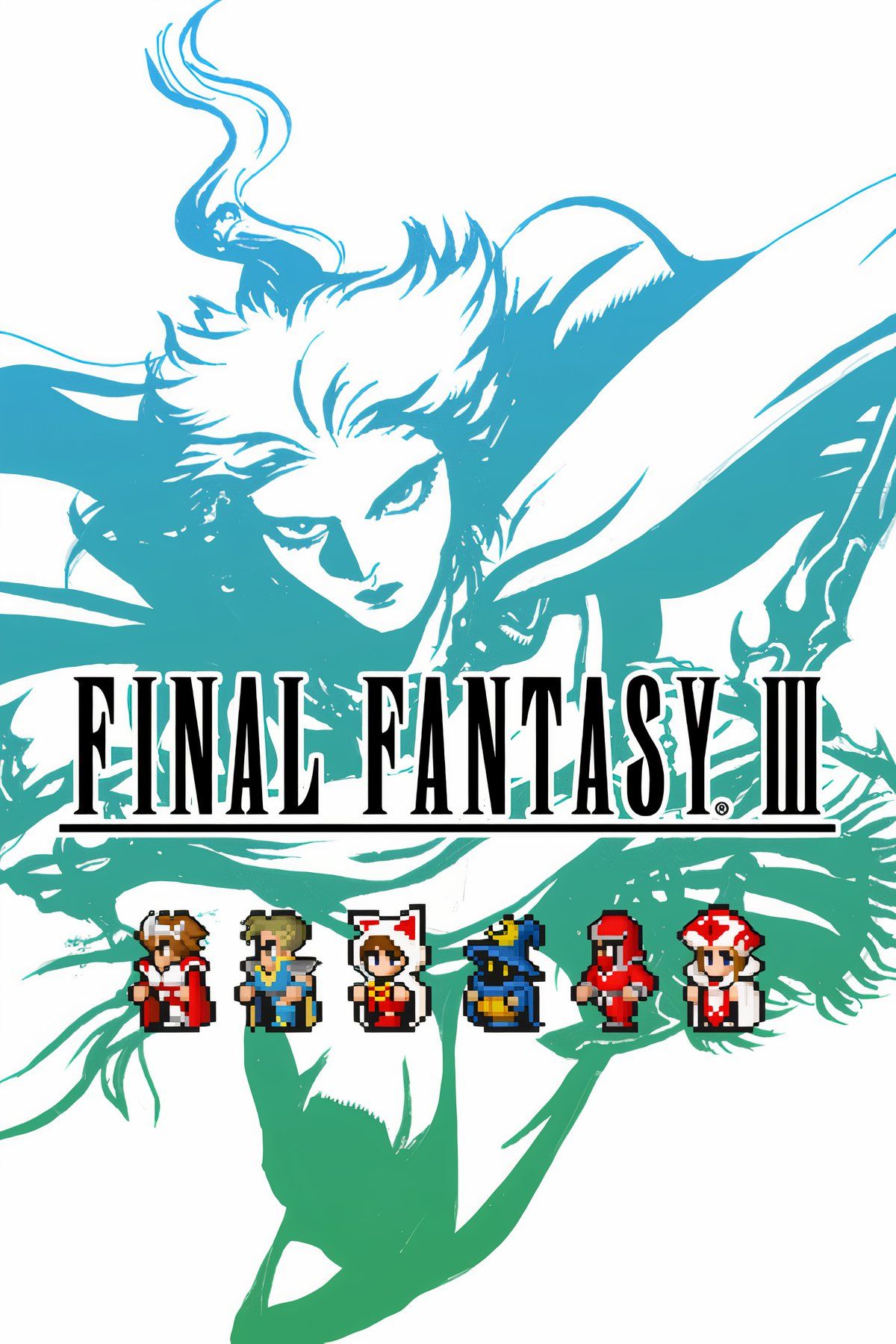
- Released
-
April 27, 1990
- ESRB
-
m
Among the many protagonists in the Final Fantasy franchise, some of the earliest to take the spotlight were children, as seen in Final Fantasy 3. In this classic JRPG, the four main characters are young heroes with no defined age who gain powers after finding the Wind Crystal and set out on a mission to restore balance to a world threatened by chaos.
In the original version of Final Fantasy 3, all four protagonists lacked strong personalities and felt a bit generic compared to other characters, but this changed in later remakes. With new backstories and deeper characterization, they became more memorable, standing alongside other well-developed child characters in the franchise, like Relm Arrowny in Final Fantasy 6.
8
Pokemon Scarlet And Violet
Ten-Year-Olds Embark On An Adventure In This JRPG
One of the enduring traditions of the Pokemon series, aside from adding many new creatures to each new game, is the protagonists’ age of ten, which underscores the series’ focus on youthful optimism. Early moments in Pokemon X and Y show them seeking parental consent for their first partner. This dynamic reveals how children can start journeys that mix exploration with core Pokemon themes.
Pokemon Scarlet and Violet capture this youthful angle better than other entries by focusing on school activities and the cast’s roles as students. Despite this playful frame, deeper plotlines exist, like the Path of Legends, which presents memorable moments. This blend maintains the JRPG tradition of child heroes who balance ordinary life with epic quests.
7
Final Fantasy Tactics Advance
This Tactical JRPG Explores Ivalice In A New Way
Titles set in Ivalice, like Final Fantasy Tactics and Final Fantasy XII, explore darker themes and political conflicts. Final Fantasy Tactics Advance shifts the tone by featuring a child protagonist and shaping Ivalice around the wishes of young heroes. This approach centers on escapism and personal growth rather than war, creating a distinct spin on the setting.

Related
8 Best Tactical RPGs About War, Ranked
These tactical RPGs challenge players with strategic combat, war-driven stories, and meaningful choices that shape the battlefield.
Placing children in a serious realm reveals new facets of Ivalice, tying it to imagination and hidden desires. The game stands apart from other Ivalice-based titles by reducing political strife and turning attention to leaving illusions behind. Instead, it spotlights the personal journeys of young characters, making Final Fantasy Tactics Advance a unique entry in the broader franchise.
6
Blue Dragon
The Child Protagonist Is A Major Highlight Of This JRPG
Blue Dragon is a JRPG that stands out for its iconic art by Akira Toriyama and a classic tale about courage and growth. Released for the Xbox 360, the child hero Shu gains the power of the Blue Dragon shadow during a clash with machines sent by the villain Nene. This event forces him to confront large-scale challenges at a young age.
The story focuses on Shu’s vibrant nature and emotional progress as he adapts to new responsibilities. Along with Kluke and Jiro, he faces constant threats while maturing, showing that a child can challenge fate and protect others. This journey underlines the impact of a young hero who refuses to yield, even in a dangerous world.
5
Kingdom Hearts 1
Sora Starts Out Quite Young In The First Game
When Kingdom Hearts 1 launched, it introduced a crossover that mixes Disney’s bright worlds with Square Enix’s Final Fantasy characters. Sora stands out as a memorable child hero who faces big trials in the midst of that blend. Themes like friendship and loss shape his story as he looks for Riku and Kairi, revealing his growth along the way.
Sora’s path involves sacrifice, which reveals his transformation. Later games like Birth By Sleep revisit him at age four, broadening the view of his backstory and highlighting his earliest traits, which build upon his desire to help others. This approach shows how a child’s courage can spark a full JRPG, foreshadowing the qualities that define him in each chapter.
4
Breath Of Fire 3
Ryu Is A Child For The Early Hours Of The Game
Each Breath of Fire release features a new version of Ryu, reborn across different eras. In the third entry, he appears as a child for the first half, which adds depth to his identity as he travels with Rei and Teepo and uncovers secrets about his past while surviving a harsh world. This angle shows how youth shapes his choices and sets up his path.
The Time Skip reveals a more mature Ryu, who differs from his timid younger self. Childhood saw him cry over grim events or get shy around women, but those traits fade as he grows. This change proves how development shapes a hero by underscoring the value of that early arc in the JRPG genre and influences his future decisions.
3
Dragon Quest 5: Hand Of The Heavenly Bride
This JRPG Depicts The Hero From Childhood To Adulthood
Dragon Quest 5 is unique within its franchise and in many other JRPG titles. It follows the main character through several life stages, starting at age six and ending when he is an adult. His story highlights how vital growth can be, since each phase shapes his actions and bonds. This approach provides depth and shows how the passage of time alters a hero’s path.
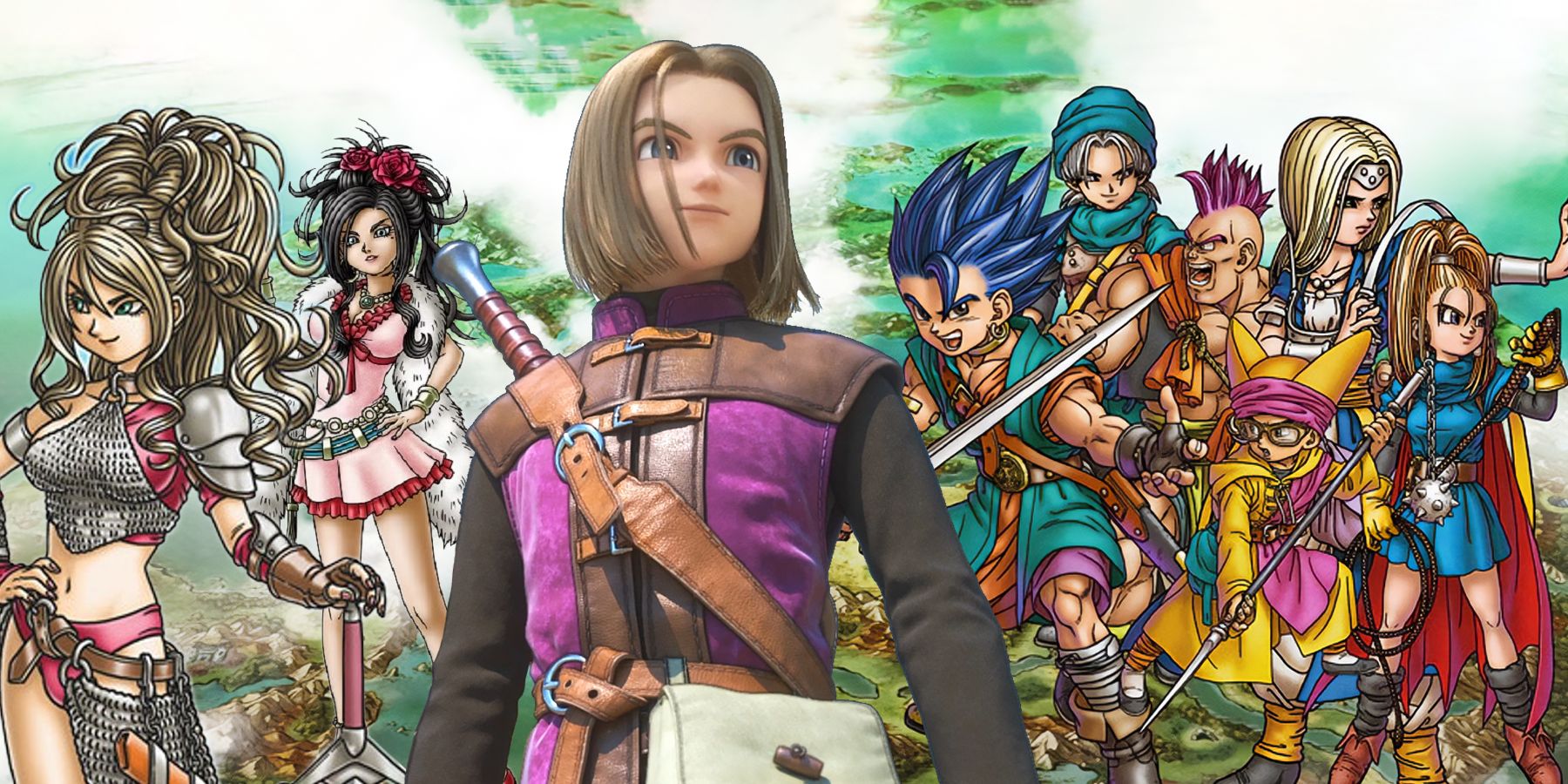
Related
Every Mainline Dragon Quest Game, Ranked
There have been many mainline titles in the Dragon Quest series throughout the years though some stand out above the rest.
This ongoing development makes the silent hero relatable, proving that even a quiet JRPG lead can shine. The plot also allows him to form a family and choose a partner from several possibilities once he is grown. This emphasis on life choices deepens the experience and sets Dragon Quest 5 apart in the genre.
2
Ni No Kuni Wrath Of The White Witch
Studio Ghibli’s Art And A Child Hero Create A Magical JRPG

Ni no Kuni Wrath of the White Witch features Studio Ghibli–inspired art that forms an enchanting setting for Oliver, the child protagonist. His calm life changes when his mother dies, forcing him into a parallel realm where fantasy and reality collide. There, he grapples with loss and searches for a way to rescue her, which drives this JRPG forward.
The narrative centers on Oliver’s growth, showing how a child faces grief and obligation while exploring new lands, learning magic, and meeting allies with the same goal. This blend of heartfelt moments and fantastical backdrops turns Ni no Kuni Wrath of the White Witch into a memorable experience. It shows the power a young hero can wield over an entire world.
1
EarthBound
Children Must Save The World In This JRPG
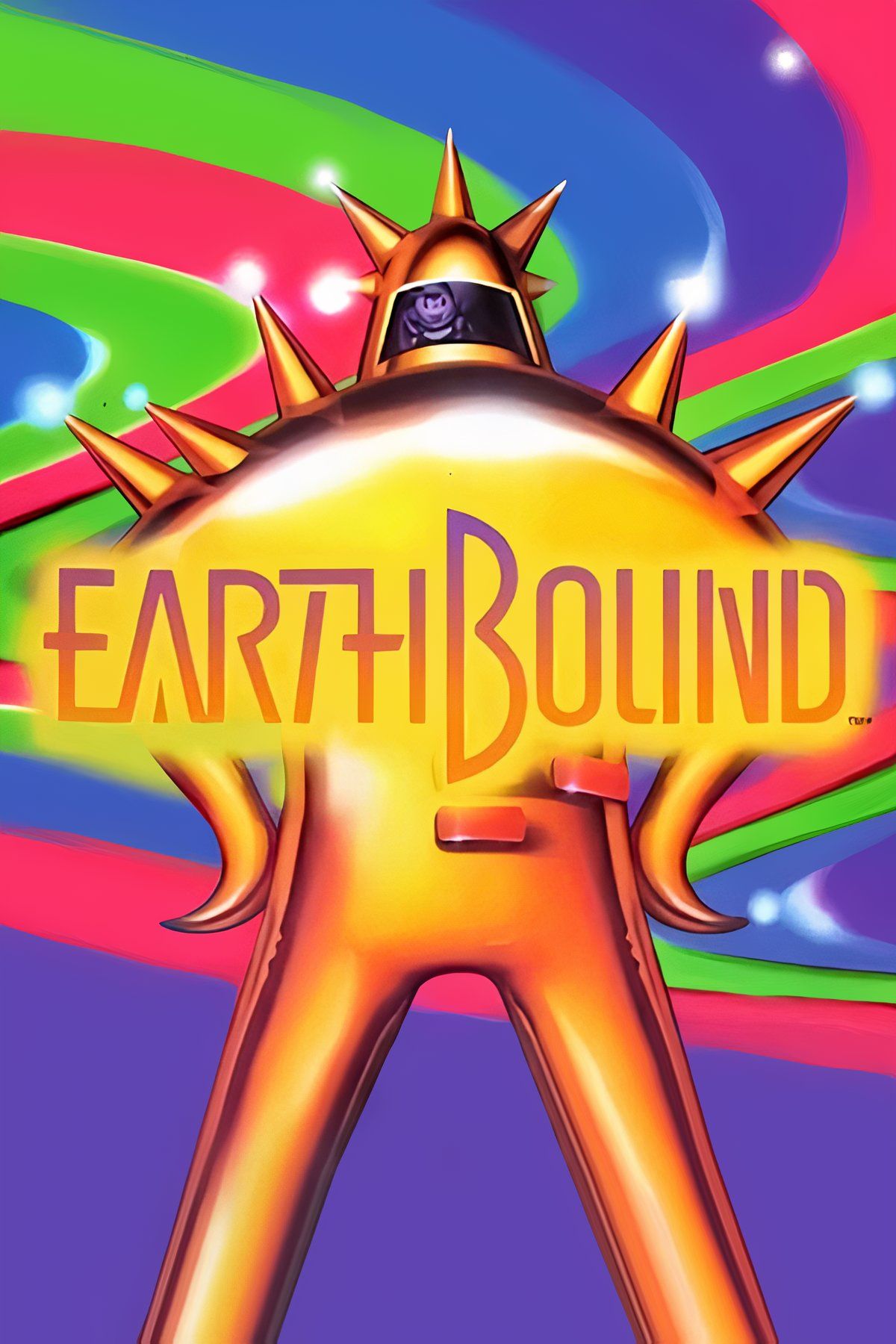
EarthBound stands out among Nintendo’s catalog for its distinct tone. It mixes light humor with increasingly somber themes that revolve around Ness and his friends, who start as children confronting a global threat. The game also acts as a metaphor for coming of age, blending suburban Americana with 90s Japanese culture to shift between comedic and serious moments.
This mix of tones shapes an experience that feels whimsical yet heavy and underscores how innocence and responsibility can coexist. Ness and his companions face ordeals that mirror growth, proving that children can lead a thoughtful JRPG. Through bizarre enemies and emotional trials, EarthBound has become a cult hit that shows how strong themes can emerge from a child-led JRPG.
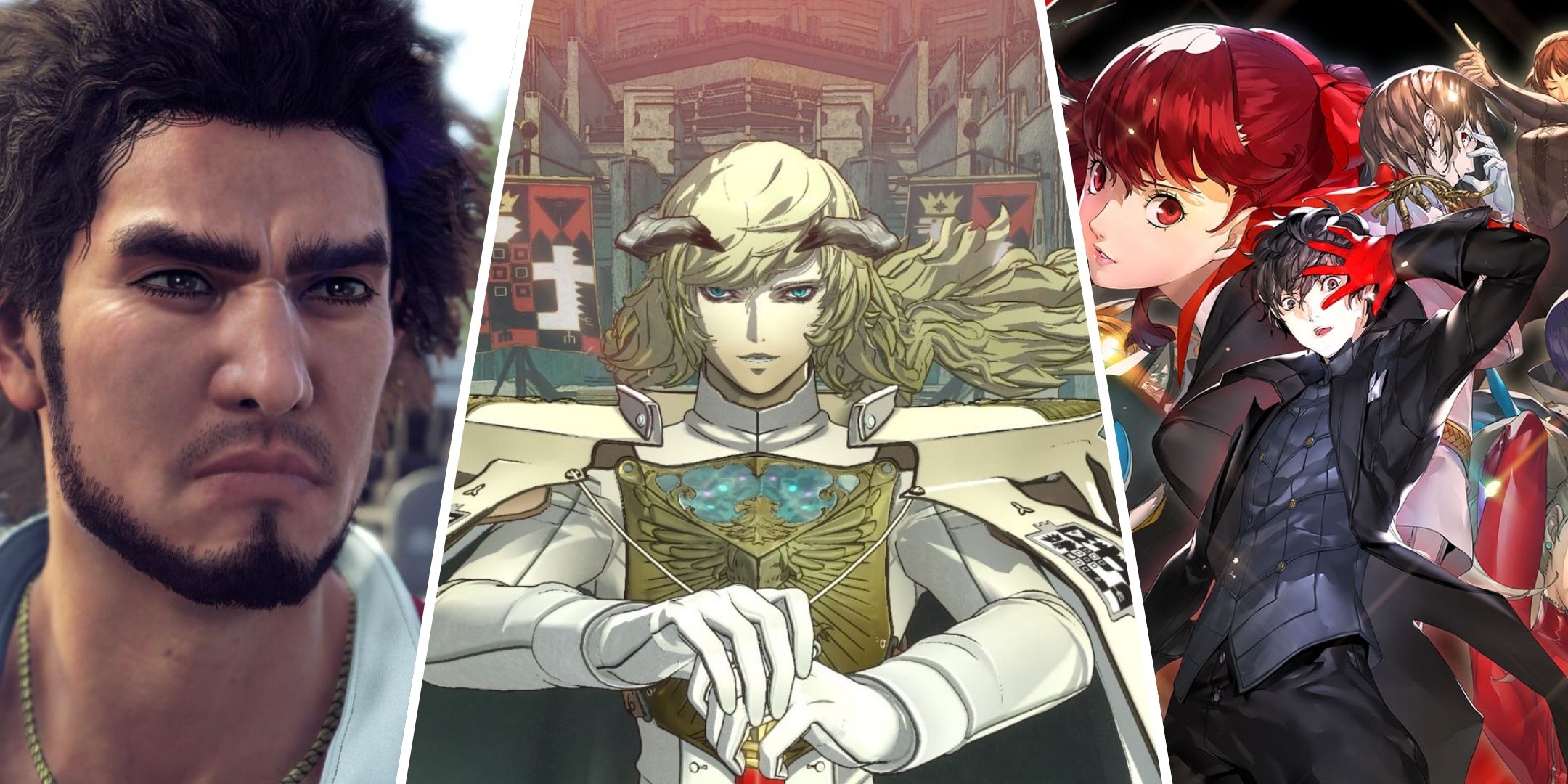
More
10 Best Plot Twists In JRPGs, Ranked
Get ready for jaw-dropping moments as these JRPGs deliver plot twists that add depth to every adventure.



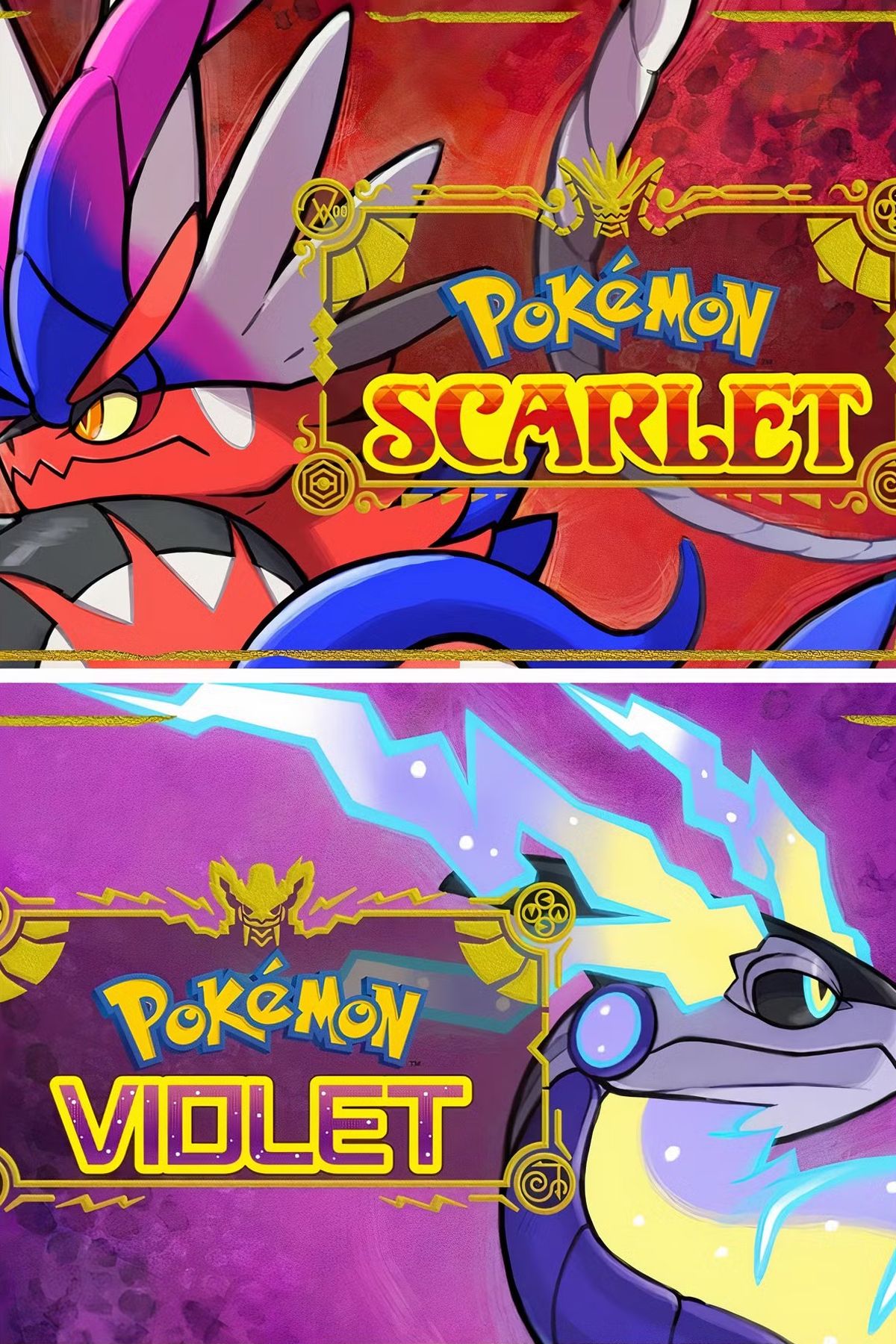
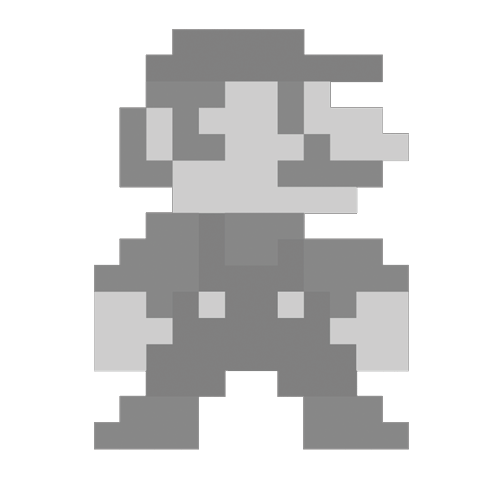
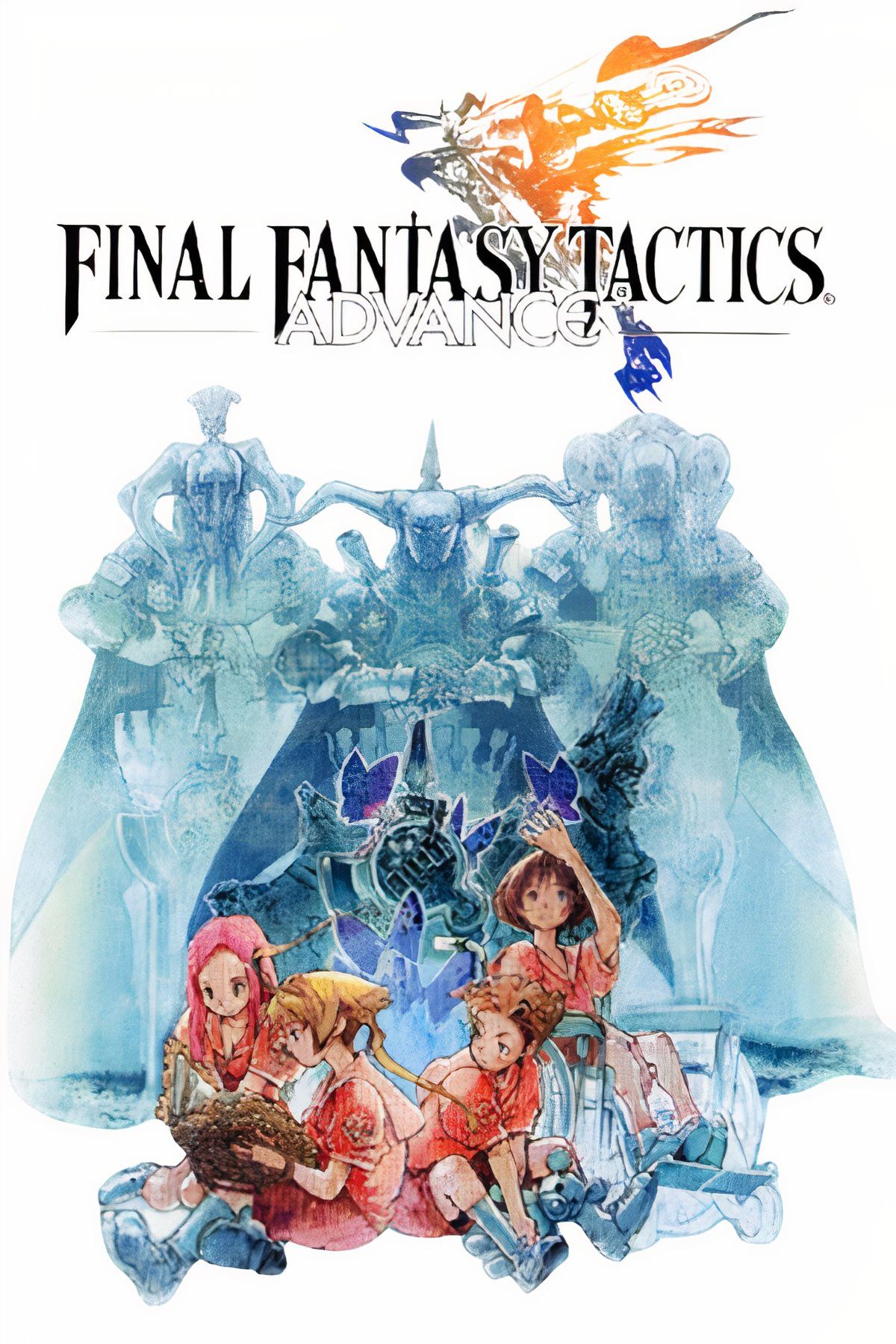


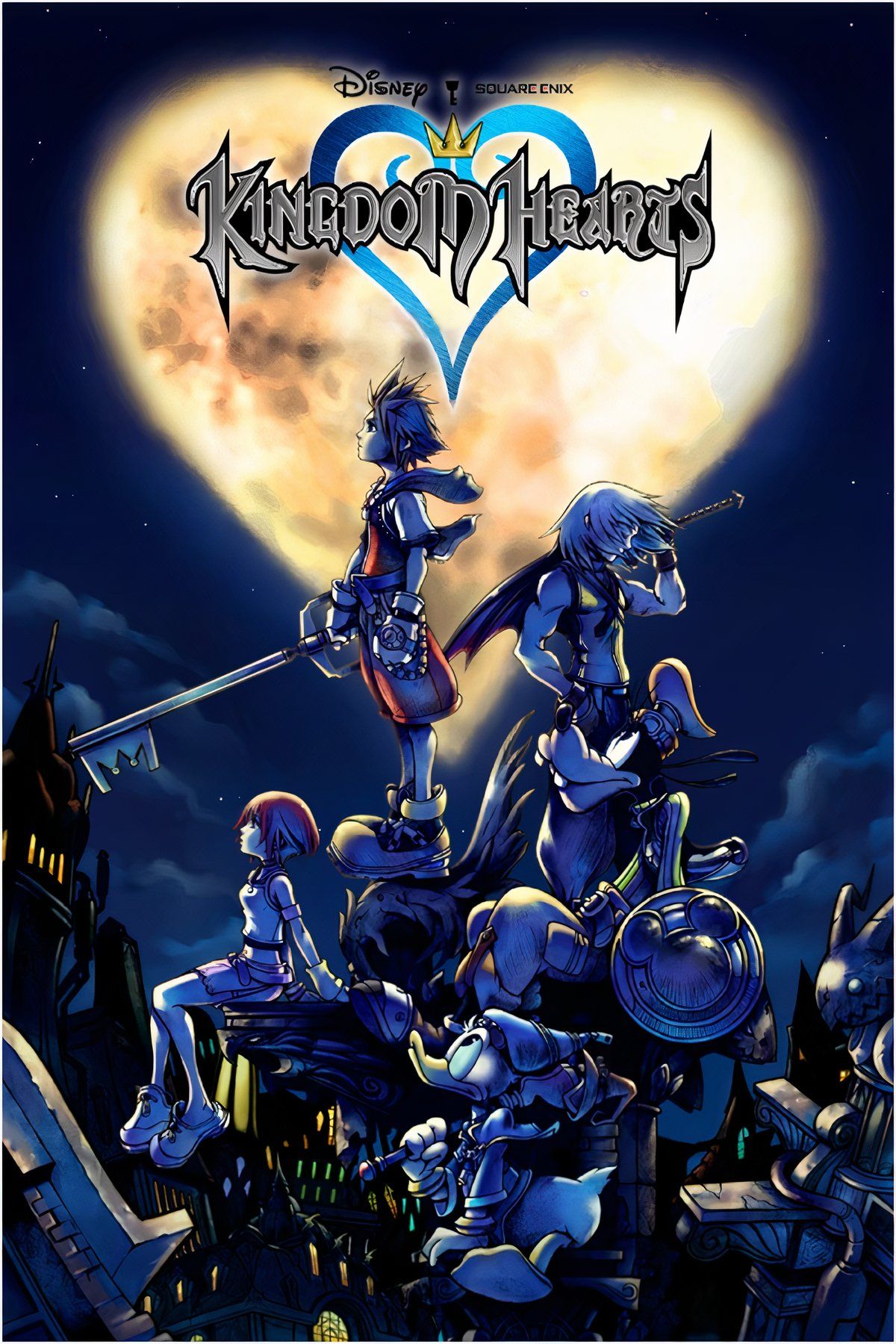




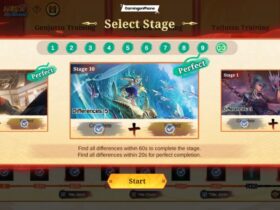
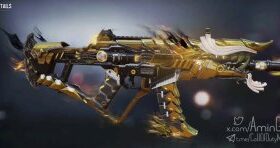



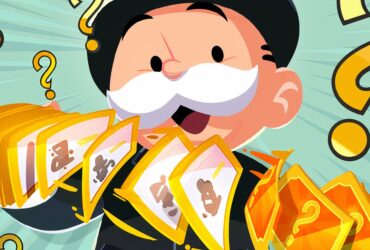
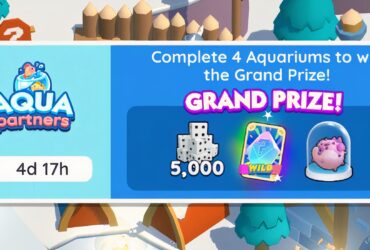
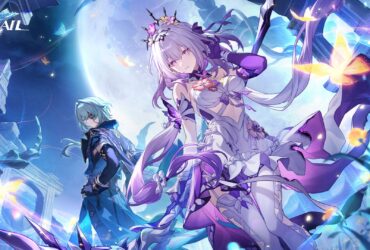
Leave a Reply